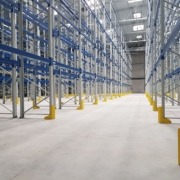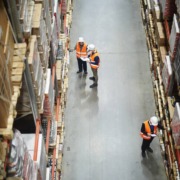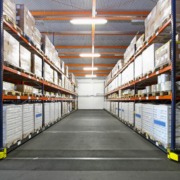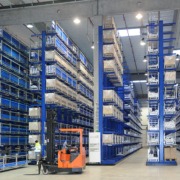FIFO storage – what is it? How to prepare a warehouse?
FIFO storage is one of the most popular methods of storing goods in warehouses. It guarantees the natural flow of goods and works in places characterized by a high pace of management. It is a simple and logical concept for the simplest storage.
What is FIFO storage?
The principle of FIFO storage is simple – the first goods leave the warehouse first. Thanks to this, they do not linger, which is of great importance in the case of products with a specific expiry date. The continuous flow of loads guarantees their non-retention.
How to prepare a warehouse?
The simplest and most effective method of storage is row storage with the use of cantilever or pallet racks. The construction of cantilever racks (brackets attached to the poles) allows for the storage of loads of significant lengths (e.g. pipes). Pallet racks are more versatile and suitable for the storage of all kinds of goods. Cantilever and pallet racks are placed in rows, keeping the appropriate distance between them. This arrangement allows free passage between the racks and unhindered access to the goods, also in the case of forklifts. Row storage is definitely more ergonomic than block storage – it does not require moving loads to gain access to specific goods.
Advantages and disadvantages of FIFO storage
The unquestionable advantage is the continuous flow of inventories, which not only minimizes the risk of losses and waste, but also facilitates settlements. Thanks to this method, it is easy to estimate the real market value of the commodity. The goods in stock have entered the warehouse relatively recently.
FIFO storage also has its drawbacks. It can lead to a bias in income tax calculations as it does not account for differences in inventory prices and factors such as inflation. For an entrepreneur, this may mean showing higher profits than they really are. Temporary price increases generate income losses.





